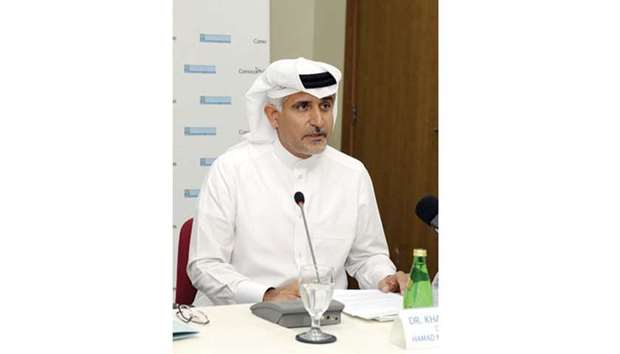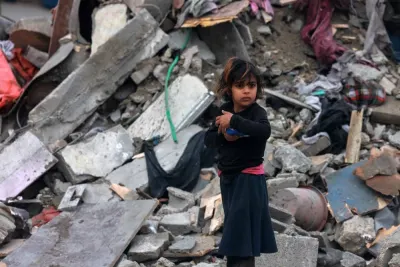Hamad Medical Corporation (HMC) has reminded families and caregivers to pay attention to children’s safety when in and around swimming pools, the sea and other sources of water, including those at home.
“The simplest answer to ensuring that children are safe around water is proper and constant supervision. You will not be aware that a child is in trouble unless you are watching them. Remember that children can drown in silence as they may not shout for help like an adult would,” said Dr Khalid Abdulnoor Saifeldeen, Kulluna for Health and Safety Campaign chairman.
Kulluna is the brainchild of HMC’s Hamad International Training Centre.
According to Dr Saifeldeen, drowning is a leading cause of death and serious disability in children in Qatar, and the number of child deaths from drownings is rising annually. Ninety per cent of cases of drowning involve children aged 10 years or younger, with 70% of victims being younger than four years old.
“Drowning incidents in Qatar occur mainly at home, in private swimming pools and bathtubs. There are also some incidents of drowning in the sea,” said Dr Saifeldeen. “Almost all the drowning incidents in swimming pools in Qatar happen when the parent or caregiver is not present.
“Don’t leave children on their own around or in water, even if they can swim or are wearing a lifejacket.” He explained that supervision means being able to see and hear a child and being able to reach them very quickly, noting that a drowning can take seconds to happen and can occur in silence.
According to Dr Saifeldeen, some parents and care providers don’t recognise the risks of drowning, or near drownings, often mistakenly believing that children will follow instructions and stay away from water hazards, a child can safely be left unattended for short periods of time – or that a lifejacket or other flotation device will prevent a drowning, there are adequate safety measures already in place, and younger children can play safely in the care of older children.
Dr Saifeldeen says the most practical strategy for drowning prevention is taking steps to keep children safe in and around water. These include ensuring constant supervision and preventing unsupervised access to sources of water, teaching children how to swim and ensuring that young children and those who are inexperienced or weak swimmers wear lifejackets or a personal flotation aids when in or near water (keeping in mind these devices do not replace proper supervision), setting clear rules for family members when near water and enforcing them, and learning to perform cardiopulmonary resuscitation (CPR).
He added that unintentional access to sources of water can be prevented by installing a security gate or another barrier. It is important to note that such barriers should be checked on a regular basis to ensure they are working properly and are appropriate as a child grows in height and dexterity. Dr Saifeldeen says it is also important to think beyond the obvious sources of water.
“Always keep the door to bathrooms closed and drain pools, baths and buckets immediately after use. About 70-80% of drowning cases happen when the child is not supposed to be in the water,” Dr Saifeldeen said, stressing that barriers alone were not enough and direct supervision is essential.
Further, Dr Saifeldeen pointed out that learning CPR can be very useful as the first few minutes following an accident in water are critical. “Keep your training up to date and keep CPR instructions with your first aid kit, and by the pool, if you have one”
Kulluna offers free CPR training, and anyone interested can send a message through our website www.kulluna.qa

Dr Khalid Abdulnoor Saifeldeen.


